AudioCulture
The noisy library of New Zealand music
Te pātaka korihi o ngā puoro o Aotearoa
Julien Dyne
Born in Montreal, Canada, Dyne’s family returned to Aotearoa while he was still a baby. His father, Paul Dyne, is well-known among jazz circles as an upright bass player with figures such as Dave Fraser, Jim Langabeer, Richard Nunns, and Mike Nock. Their home soon became a regular practice space and young Julien found himself gravitating towards drums.
“I started getting drum lessons when I was 13 from Lance Philip. He taught at the jazz school and was a colleague of my dad. He taught lots of other drummers in Wellington, like Chris O’Connor and Riki Gooch. I had lots of childhood exposure to Roger Sellers too. He was a dear family friend, so he’d often be at our house rehearsing, and I got to watch him up close.”
Dyne was drawn to the music he was hearing via his interest in skateboarding. Often this was hardcore punk and hip hop, though the music could be quite diverse. He fondly recalls the videos put out by Blind Skateboards, which had widely varying music depending on the skateboarder: Jason Lee paired with Hüsker Dü; Guy Mariano paired with Jackson Five; Mark Gonzales paired with John Coltrane.
He began to recognise the source of hip hop samples that he was hearing within his parent’s jazz collection and took an interest in fusion acts such as Weather Report. Despite this, his first group was Diecast, a hardcore punk act. He was drawn in by singer Tom Rowell (older brother of Luke Rowell aka Disasteradio), who had a great knowledge of music and books. They were joined by guitarist Greg Bassett and bassist Ryan O’Leary.
Joining the Auckland club scene
Diecast ended when Dyne moved to Auckland to attend Elam School of Fine Arts. Once there, he reconnected with two young musicians he’d met at a jazz workshop in Wellington – saxophonist Cameron Allen and singer/saxophonist/guitarist Jhan Lindsay. They introduced him to other players, and he began jamming with guitarist Jeremy Toy and Matt Perry aka DJ Cut Corners, playing jazz-funk in the style of Herbie Hancock at venues including Deschlers, Rakinos, and Cause Celebre.
Dyne already knew rapper Dominic Hoey (Tourettes) through the hardcore scene. Hoey was an Aucklander but had just returned from a spell in Wellington with the core of his new band, 5th Floor, which included Glen Kowalski (CG Whizz) and DJ Buttafingaz (Harlin Davey). Dyne, Allen, and Toy then joined alongside new members MC Bjorn Petersen and bassist Matt Short.
When 5th Floor folded, Dyne, Toy, and Petersen formed Opensouls. Despite being the drummer, Dyne took an interest in making music using an MPC sampler and was happy enough for his playing to be replaced by programmed beats.
“Jeremy had very strong opinions about how things needed to go in terms of rap music. He was devoted to getting a Pete Rock style production happening with rapping over it. The nature of the collective probably bastardised that due to other people’s influences. A little while after I started, I got an MPC and a computer so I could make music that way as well. Jeremy is so skilful at production and instrumentation that often I could take an idea to him and he could realise it really swiftly. Though I was also making my own music, which was probably more derivative of Jay Dee [J Dilla] and Madlib.”
In 2003, Jeremy Toy landed a spot at the Red Bull Music Academy in Cape Town, South Africa, which inspired Dyne to successfully apply the following year. He found it greatly validating to rub shoulders with musicians he admired, especially when they were encouraging of his work.
Meeting drummer Bernard Purdie, and having a lesson from him “was quite a milestone”.
Dyne: “I had some of Bernard Purdie’s records before I went and was aware of the recordings he’d been on, so that was quite a milestone to meet him and get a drum lesson from him. Also, Egon and Cut Chemist had a relationship to Stone’s Throw Records and that West Coast alternative hip hop scene that was big for us. David Matthews was another big important person because he was the arranger for James Brown and for CTI Records. Also, Bob Power who mixed albums by Tribe Called Quest, Roots, and D’Angelo.”
Opensouls released their debut album Kaleidoscope (2006), with the music split almost evenly between those with live drums and those with programmed beats (though often with percussion played over the top). The album featured Ladi6, who had moved to Auckland a couple of years earlier with her partner, Parks. They had their own band, Verse Two, but half of the original members were also in Shapeshifter so they stayed in Christchurch, which led to Dyne and Toy joining the new Auckland version of their band.
Through this connection they met Ladi6’s cousin Tyra Hammond, who became a member of Opensouls, with her big soulful singing style becoming a key element on Kaleidoscope.
Meanwhile the members of Opensouls had started a side project called Tyra and The Tornadoes to highlight their funk side and Hammond’s powerful singing. Tyra and the Tornadoes performed live frequently and released a single ‘You Got Me Thinkin’ in 2006 on FTC; the following year the single was expanded to a four-track EP and released in the UK on Mukatsuku Records, credited to Open Souls, The Tornadoes & Tyra Hammond.
Early solo career
In 2007, Dyne came out with his first solo EP, Phantom Limbo. In many ways it was a natural extension of Opensouls, though with less expectation that the songs would have vocalists (though Tyra did appear on ‘Off My Feet’). Making instrumental tracks freed up the rhythms, since they didn’t have to be steady enough to sing over, as Dyne explains.
“That EP really shows the influence of Jay Dee style production. The kind of push and pull of the rhythms and the lopsided beats were definitely something I was exploring in both my live drumming and in my production work. I did try to bring that into Opensouls too, but was able to push that to the fore in my own production. I was really into the instrumental vibe. Often I would play a hip hop DJ set using the instrumentals rather than the main track with vocals. That’s because I was coming from a producer standpoint where you’re nerding out on the production more than the lyrics.”
The other influence that would persist throughout his solo work was the use of jazz players to connect back to the music he had grown up with, though it was always a track-to-track decision whether he would let a live performance extend over multiple bars or whether he would splice parts of it into the overall mix.
“I was lucky enough to get horn players like Lewis McCallum, Isaac Aesili, and Cam Allen to record over my beats, as well as using Jeremy Toy and Steph Brown [keyboardist for Opensouls, later known as Lips]. One huge influence was Madlib’s Shades of Blue record, where he got the Blue Note master tapes and was able to remix any music he wanted. Lo-fi hip hop beats, but with jazz instrumentation over the top.
“A lot of the horn lines were simple melodically, but rhythmically quite punchy. On ‘Maddingo’, the horn is doing the off beat but with a stilted, slightly anticipated feel, as Jay Dee might have done … I was also utilising quite a few elements from Afrobeat, Fela Kuti style horns and percussion from Latin music – the Nuyorican Salsa came through particularly in the percussion samples and my playing. I didn’t have any kind of purist angle. It was more like – I’m into instrumental hip hop stuff, but I’m also into jazz and world music (for lack of a better word) and so it all just got put in the pot.”
Dyne took the EP with him when he attended a Red Bull Academy Class Of Its Own alumni event in Cologne that same year. He received a positive reaction from the other participants, so knew he was headed in the right direction. The event also led to Dyne writing and playing on a bunch of collaborative tracks that were subsequently released. Red Bull released a double LP, which had a track which he recorded with Om’Mas Keith (Sa-Ra), The Mizell brothers and US rapper Black Spade. His playing also appeared on 12” releases by Theo Parrish (‘Chemistry’) and other releases.
members of Opensouls had started a side project called Tyra and The Tornadoes to highlight their funk side.
The Opensouls second album, Standing In The Rain (2009), reached No.8. Around the same time, a fan in Canada arranged for Opensouls to tour the country, including a festival slot alongside their heroes The Roots. This was effectively a last hurrah for the group, though they have reformed in the years since.
By this stage, Dyne had already completed his first solo album, Pins & Digits (2009). He painted the cover art for his EP, but decided that his increasingly cut-up style of production and heavy use of synths suited imagery with harsher lines, so he used a close-up photo of a crystal for the cover (as he also did for the following album). The horns on the album were often used as a rhythmic element or as a bassline. For example, on ‘Layer’ the baritone saxophone combines with a synthesiser bass to become the backbone of the track.
Mara TK appeared twice, including on breakthrough track ‘Layer’ and he returned on subsequent albums. Dyne took an interest in his work partly because he was another New Zealander who attended the Red Bull Music Academy and got in touch to see if they could work together remotely, with Mara emailing parts through from his home in Wellington. Dyne reciprocated by contributing to Electric Wire Hustle recordings, often providing percussion parts.
As time passed, Dyne slowly changed his approach to live shows.
“In the Pins & Digits era, I’d often get Chris O’Connor to play with me. We would have two drum kits and a sampler. Then I might add Dave King from Golden Axe, James Duncan, or Lewis McCallum. Some parts would be preordained by the MPC, but we could also get into these ultra heavy percussive jams. After that I formed a band with Chris O’Connor and Parks, then Jonathan Crayford joined. We would use samplers, drum kits, and synthesisers to create live house and techno but the basis was tunes from my records.”
Parks would become an increasingly important collaborator for Dyne, starting with ‘Falling Down’ off Pins & Digits. Dyne had always liked Parks’ vocals in Verse Two, so was keen to incorporate them now that Verse Two had given way to Ladi6’s solo career. Dyne also flew to Wellington to record parts for some of the old Verse Two songs that had been reconfigured for Ladi6’s solo album, Time Is Not Much (2008).
These recording sessions were held at Ladi6’s place in Lyall Bay with Mu acting as co-producer. Funnily enough, Dyne had already worked with him – while in Wellington visiting his family, he recorded drums for ‘Wandering Eye’ by Fat Freddy’s Drop. When Ladi6 and Parks relocated her band to Berlin in 2010, Dyne joined them. It was good timing since his own work was also gaining international attention.
Going worldwide
Dyne’s first break overseas came through Wellington DJs Andy Mitchell and Martin Kwok (aka Dan Aikido) from the Jewel School show on Radioactive. Andy had lived in Osaka and kept in contact with a key player from the club scene there, Kenji Sakajiri. Soon after, Sakajiri organised with Japanese label Especial Records to release ‘Seconds’ by DJ Fitchie and Joe Dukey (Mu and Dallas Tamaira from Fat Freddy’s Drop).
Now Sakajiri had his own label, Wonderful Noise, and licensed Pins & Digits, as well as working with other local acts Electric Wire Hustle, Pacific Heights, and Lord Echo. Dyne followed up the release by touring Japan as a DJ and he returned regularly over subsequent years.
Suddenly Dyne had two labels wanting to release his debut album.
Meanwhile, Auckland DJ Bobby Brazuka, had played the Phantom Limb EP to DJ Vadim (a well-known UK producer). Vadim got in touch with Julien and put him in contact with Peter Adarkwah from BBE, a UK label that had a cult reputation within the club scene. Suddenly Dyne had two labels wanting to release his debut album, though he managed to find a compromise that would work for both.
“Working with BBE was a huge coup for me because they released Madlib, Pete Rock, and Jay Dee’s Welcome to Detroit, and many other seminal records, so it felt like a huge deal to get involved with them.”
Dyne used his Opensouls connections to arrange DJ sets in Australia and when he moved to Berlin with Ladi6, he also toured through Europe (with help from BBE). His next album, Glimpse (2012), saw him pushing to create unique combinations of sound even if this meant using the vocals as just another texture among many.
“I was much more influenced by Flying Lotus and the LA beat scene where it was really focused on instrumental music and if there were vocals, they were either glacial indie vocals or something whispered that was buried deep in the mix … I was worried that if I kept going in the same trajectory from Phantom Limbo and Pins & Digits then my music might become the kind of downbeat music that you’d hear in a café. If things become too palatable or you use the same ingredients over and over again, then it becomes kind of boring. So, I definitely made a conscious effort to take a sidestep left. In hindsight, it probably just alienated a whole bunch of people but that was my strategy to shift sonic focus at the time.”
Nonetheless, when you have striking singers like Ladi6 (‘Who Are You’) and Mara TK (‘So Far’) then the vocals will still draw the listener in. Dyne also began a habit of using more unexpected vocalists through collaborations with indie singer Claire Duncan from Dear Times Waste (‘Candy Apple Grey’) and Jeremy Toy’s shoegaze project She’s So Rad (‘Get Closer’). Dyne’s experience as a drummer also meant that even an off-centre beat – like the one he created with Parks for ‘Creebin’ – still had a groove to it, even if it was a crooked kind of funky.
Dyne continued in a similar direction with December (2013), though he did explore some different rhythmic patterns such as half-time and dancefloor-house influenced beats. Parks helped with two tracks on the album, with his washy vocals providing a surprisingly catchy central melody for the title track. This album was also the first time Dyne worked with Brandon Haru. The two would become regular collaborators in the years that followed, both through their own work and as part of the Ladi6 crew.
Even when Dyne wasn’t touring overseas, his tracks continued to find new listeners. A prime example was the inclusion of ‘Stained Glass Fresh Frozen feat Mara TK’ from his first album, which was cut into a 2016 DJ-Kicks album mixed by Detroit DJ Moodymann.
Beats for the dance floor
2018 turned out to be a standout year for Julien Dyne, though it was built on the shoulders of his previous work. A few years earlier, he worked together with Wellington producer Lord Echo (Mike Fabulous from the Black Seeds) to create a 12” release for Wonderful Noise (‘Tennis/Shades’). Lord Echo then signed to British label Soundway and Dyne had his first involvement with them through remixing one of his tracks, ‘Sweetness Meditation’.
Dyne had been a big fan of Soundway ever since their early compilations of African and South American music. He also briefly met the owner, Miles Cleret, when he toured New Zealand, so the label felt like a natural fit. The only problem was that his new album Teal (2018) was already in production in Japan. There was a hasty period of negotiation between labels to decide how the release territories would be split.
AFTER “MAKING CEREBRAL HEADPHONE MUSIC,” DYNE RETURNED TO MAKING “MORE INSTANTLY RELATABLE SONGS.”
Teal saw Dyne take a new approach. “I’d started to find from Glimpse onward that I’d shot myself in the foot in terms of having my own music that could work within my DJ sets. I’d gone down the route of making cerebral headphone music, whereas early on I had tracks like ‘Maddingos’, ‘Layer’, and ‘Incredulous’ that I could slot into a DJ set. So I decided to return to making songs that were more instantly relatable, especially since I had been doing more gigs – both locally and internationally – that were dancefloor oriented. I was also playing more uptempo music, like Afro-disco, Detroit house music, funk, soul and boogie, which were faster than the hip hop tempo I had been using previously.”
This approach paid dividends when the track ‘Hours’ received airplay on the BBC and was featured on a compilation put together by superstar UK electronic duo Maribou State (leading to millions of streams). Its genesis had been through other bands that Dyne had been playing with at the time.
“I’d been touring with Kody Nielson in his groups Opossum and Silicon, as well as working on his solo work. I was quite influenced by his production aesthetic and the way he got the drums to sound, so I definitely took a leaf out of his book on ‘Hours’. Then Brandon Haru added his Prophet synthesiser in combination with all these other vintage, solid-state electric pianos that I’ve got at home. So Brandon had a huge amount of input and I was lucky to have Ladi feature on the song. She wrote the lyrics about her cousin Lily, who passed away and who was a friend of all of ours, so it’s got quite an emotional quotient to it.”
Dyne had also been working on Ladi6’s own music and the success of her Royal Blue 3000 EP (2017) saw Dyne, Parks, and Haru win the Producer of the Year category at the Pacific Music Awards. The songs had been developed by jamming them live as a band in their practice space before returning to the studio to create a final mix.
Hours also saw Dyne continue his strategy of finding leftfield singers to work with. In this case, he brought in Australian folk singer Tim Guy who was living in his flat at the time. It was this urge towards the unexpected that meant even when Dyne was creating a dancefloor record, there would always be delightful surprises from track to track.
The respect he had gained over the past two decades was reflected by the impressive line-up of guest vocalists that featured on his next album Modes (2021), a list which included Joe Dukie, Che Fu, Troy Kingi, and Australian singer Allysha Joy. His reputation as a collaborator would not only bolster his solo releases but also see him take part in a range of interesting outside projects.
Collaborative spirit
Dyne’s own work has always drawn on input from other musicians, but he has continued to take part in other projects that take his music skills in new directions. For over a decade, he has been part of Circling Sun, a spiritual/modal jazz collective that takes on Latin rhythms. The ever-varying line-up has included JY Lee, Guy Harrison, Cam Allen, Ben Turua, Finn Scholes, Matt Hunter, and many others.
It was during a Circling Sun residency at Ponsonby Social Club that Dyne first heard the name Tom Scott.
“The bar manager told me there was a song that mentioned my name”: ‘Friday’ by Home Brew.
“The bar manager told me there was a song that mentioned my name [‘Friday’ by Home Brew]. I watched Tom’s rise for a long time and as we got to know each other I had some great, interesting conversations with him. He’s always very respectful and he treats people like me, Chip, and Jeremy, kind of like elder statesmen.”
When Scott started @Peace, Dyne recorded on their album Girl Songs (2013) and played as part of the live band (as he did for Scott’s next project, Average Rap Band). Then Scott’s plan for a solo album morphed into Avantdale Bowling Club.
“We started having open ended recording sessions once a week. Often it would be myself, Tom Dennison on bass and Harrison on piano in the Red Bull studios. Tom would have quite a big sounding sample – like something by Archie Shepp – then we would play along and react to it. Some parts were chopped up afterward, other parts not at all. For example, ‘Years Gone By’ was mainly just a long studio improvisation with minimal editing.
“It was quite fun because I had carte blanche with the type of drumming I was doing. It was much more influenced by the jazz drumming I was doing in the Circling Sun. I was allowed to open up and do some quite gratuitous drum fills. So I’m quite thankful to be able to air out that part of my playing on a record, especially one that has been so popular.”
The Avantdale Bowling Club self-titled debut album (2018) won the following year’s Taite Award and was followed by a live album and a follow-up, Trees (2023). The latter was partly recorded at Tom Broome’s New Lynn studio and Dyne was so impressed with the sound that he booked time there for Circling Sun to record the bass parts for an album (Spirits, 2023). They laid down horns, drums, double bass, vibraphone and acoustic piano then later added percussion, synthesisers, and other parts.
Dyne’s other recent projects have relied on similar serendipity. During the Covid-19 lockdowns, he was contacted by indie pop singer James Milne (Lawrence Arabia). Dyne first met him when he was asked at the last minute to fill in on drums for Milne’s side project with Lord Echo/Mike Fabulous – Fabulous Arabia. Milne was impressed by Dyne’s ability to jump in with no rehearsal and got him to help with his song ‘Malade’ for the Mansfield album (2020).
For this new collaboration, Milne didn’t want to play guitar or sing obvious lead parts as he usually did within Lawrence Arabia, preferring to write synthesiser-based music. Dyne and Milne created a handful of songs but felt they were lacking a core focus. The key turned out to be bringing in Yolanda Fagan – an indie singer/guitarist/bassist from Na Noise, Echo Ohs, and Guardian Singles. The trio launched themselves as Half Hexagon; they received such a positive response and were soon booked for the Other’s Way Festival.
Over the same period, Dyne started new recording project, The Lahaar, with a couple of Melbourne musicians.
“Lachlan Stuckey was working for Crown Ruler, who are my booking agents in Australia, so he would be the one to pick me up from the airport, but we also hit it off as friends. He gave me the early 7”s by his band Surprise Chef and I became a fan of his music. I’d also heard about Horatio Luna from the Lord Echo band because they played some shows together in Melbourne and were freaking out [about] how amazing this guy was. I booked those two to be my band for my solo shows in Melbourne and at Strawberry Fields festival (where I was also playing with Avantdale Bowling Club).
“I arranged for us to do a recording session in Melbourne at the same time. I took it home and then pulled in Mara TK. Scott Towers (Fat Freddy’s Drop) did all the horn arrangements and Harrison did lots of keyboards. JY played on it too. So we took a jam session and turned it into a record.”
The result of all these widely varying projects is that Dyne is busier than ever. His music might be a world away from the music he grew up with in his family, but he has continued to bring in his dad Paul to play on each of his solo albums.
“He’s always intrigued by it to a certain extent. Ultimately, it’s not really his style of music so after about an hour of recording he asks if we can play bebop or straight-ahead jazz, because that’s where his interest lies. His involvement goes right back to Opensouls; he played upright bass on tracks like ‘Rise Up’. He’s always open to seeing what happens, I’m really fortunate that we have that connection.”
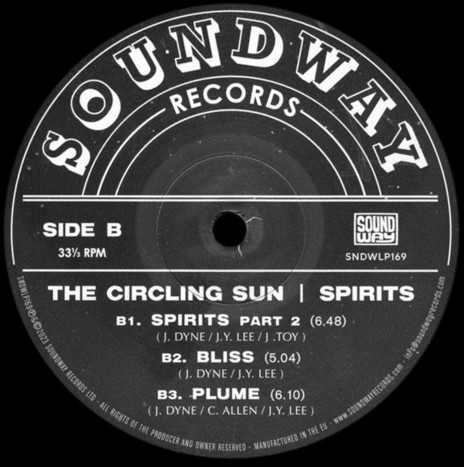
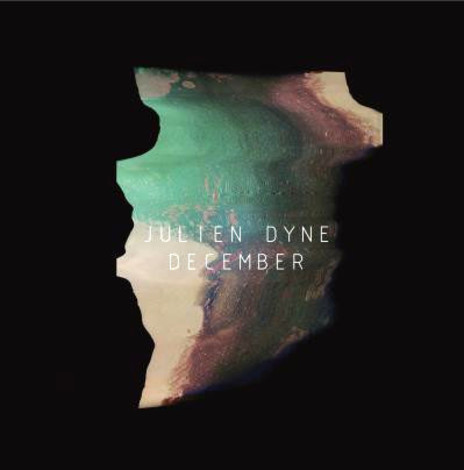
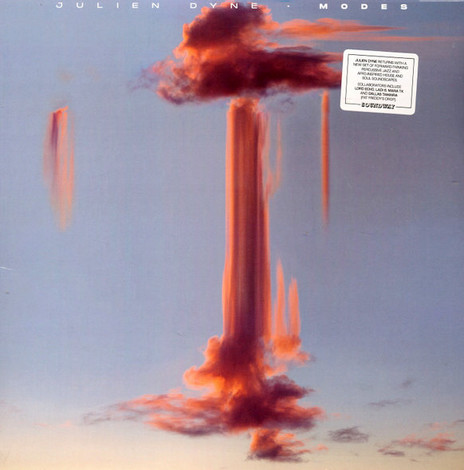
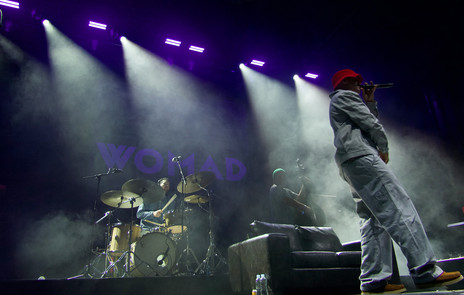
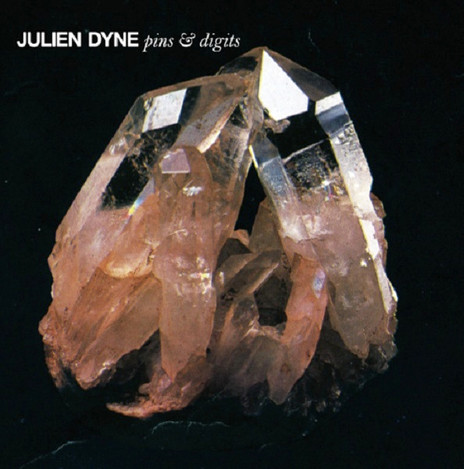
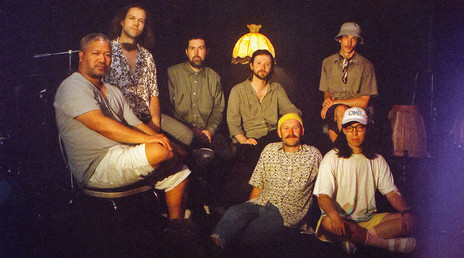
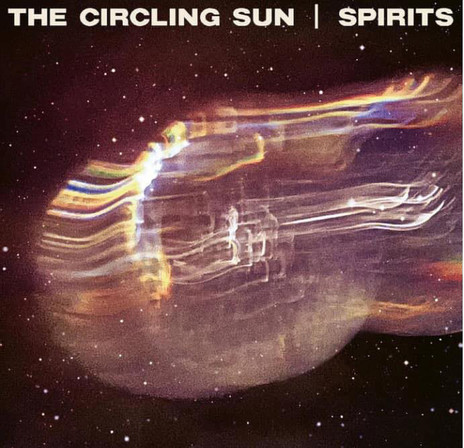
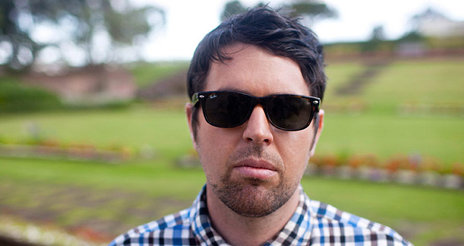
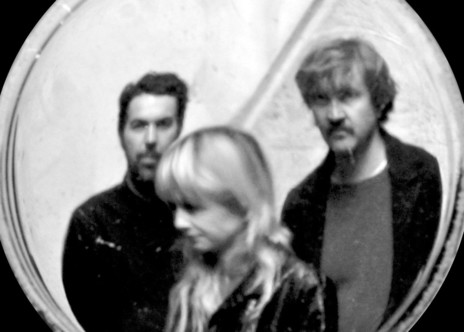
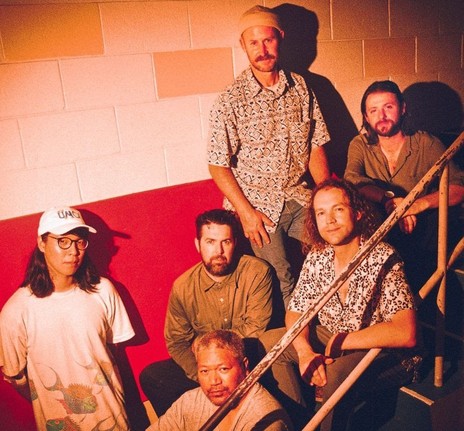
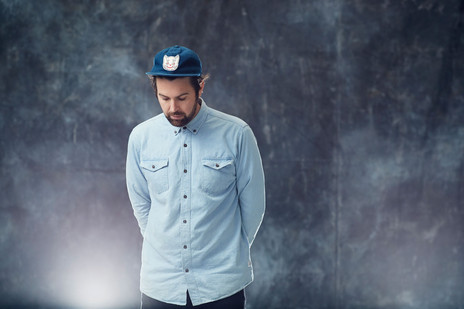
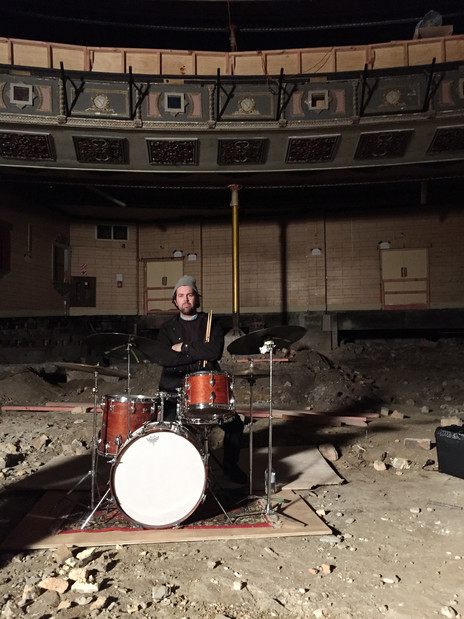
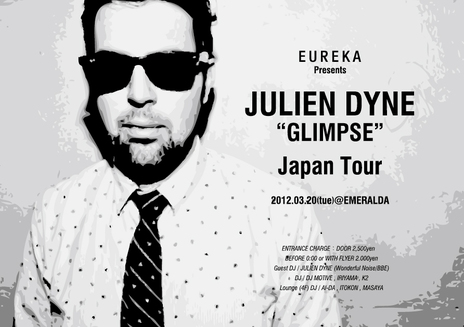
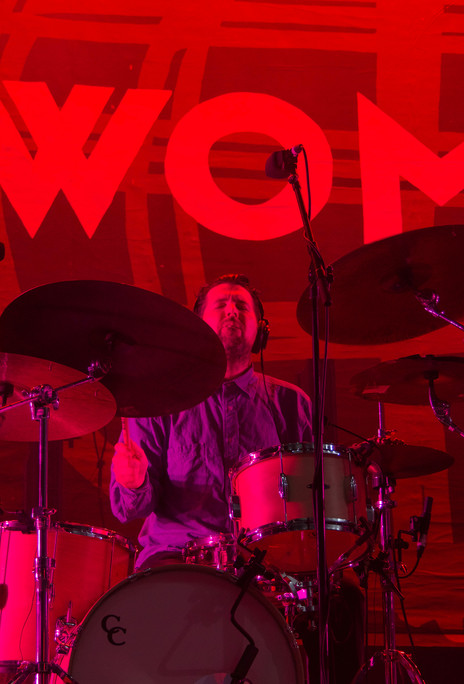
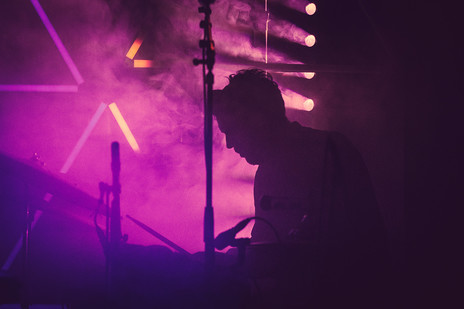
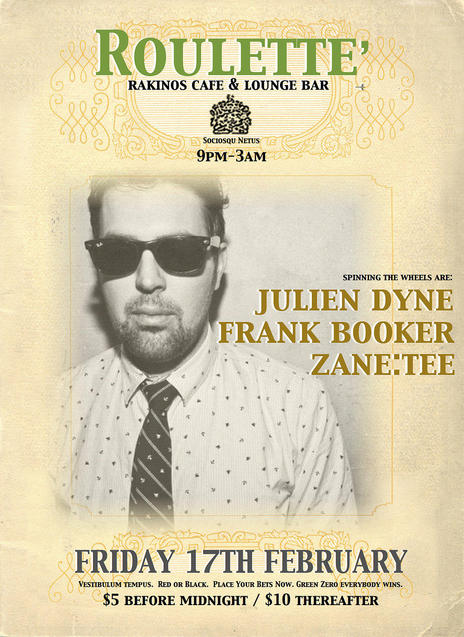
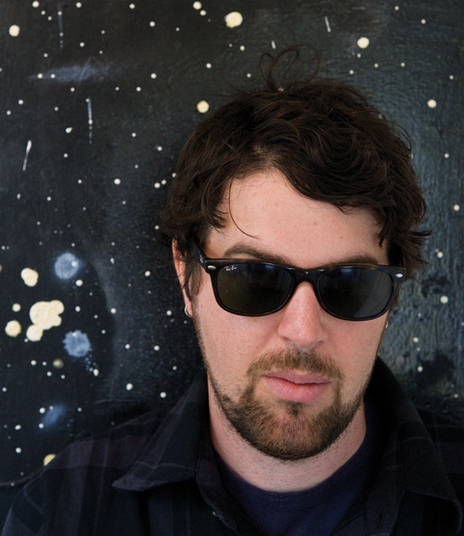
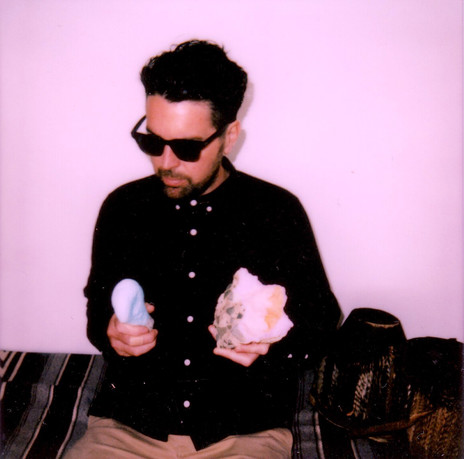
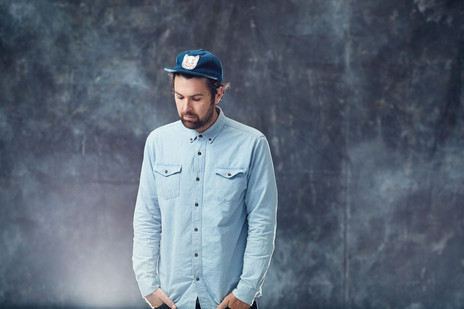
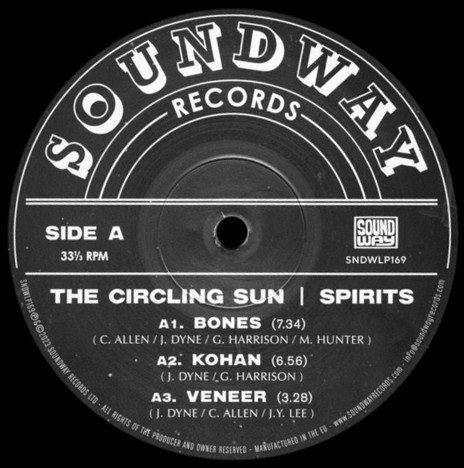
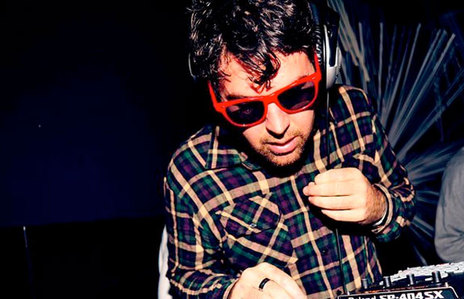
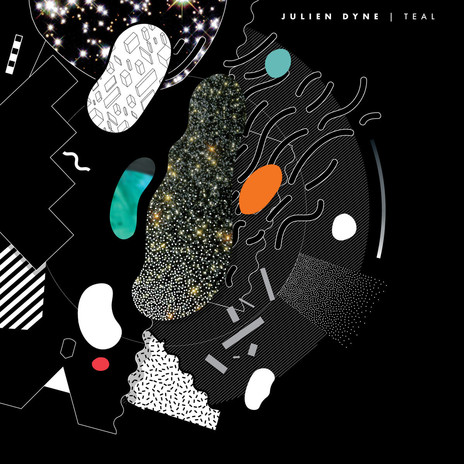
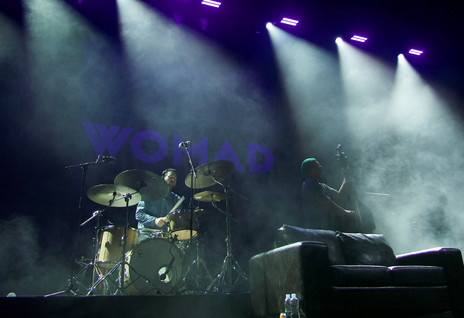
From The Crate
BBE
Wonderful Noise
Soundway
Dyne’s photography adorns the cover of the acclaimed album In Circles by She's So Rad. He can also be found hosting bFM’s Sunday jazz show from time to time.
Visit our sister site
NZ On ScreenMade with funding from
NZ On Air





